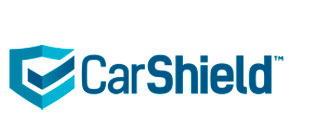 |
 |
 |
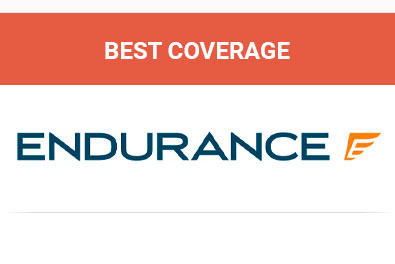 |
 |
 |
 |
 |
 |
|||
 |
 |
|
|||||||
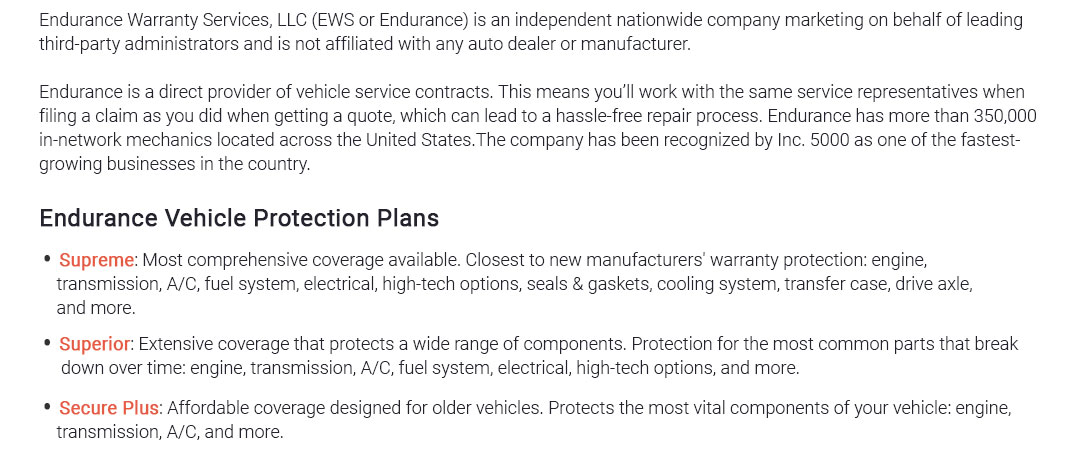 |
|||||||
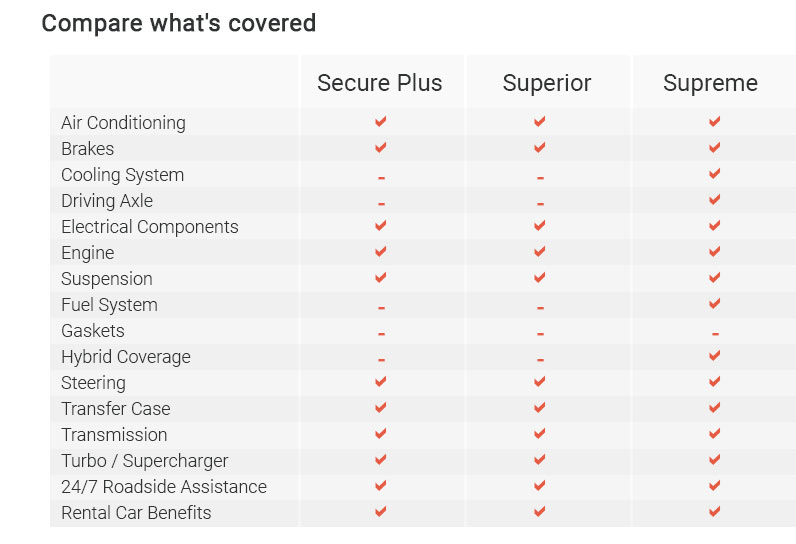 |
|||||||
 |
|||||||
 |
|||||||
|
|||||||
|
||||||
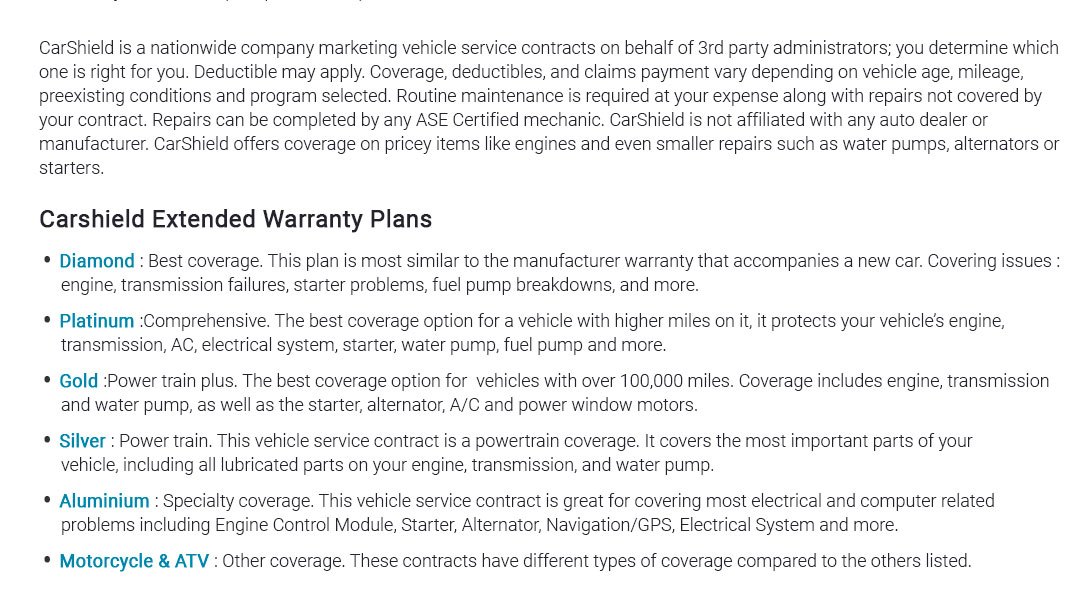 |
||||||
 |
||||||
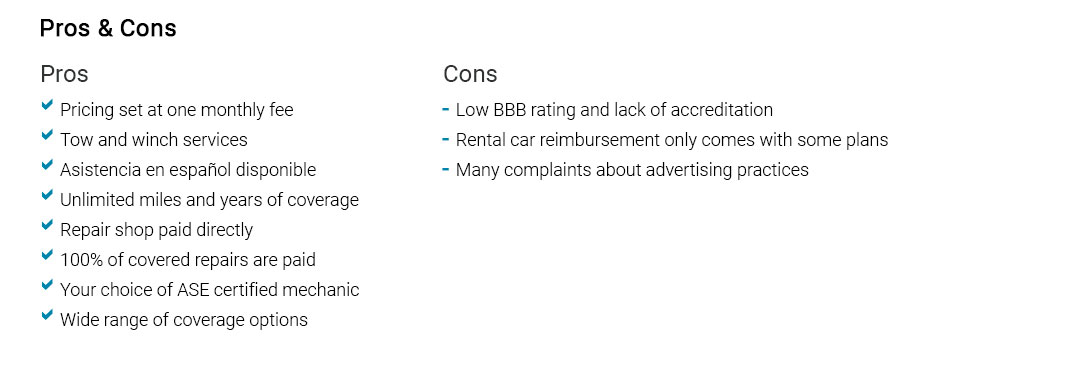 |
||||||
|
 |
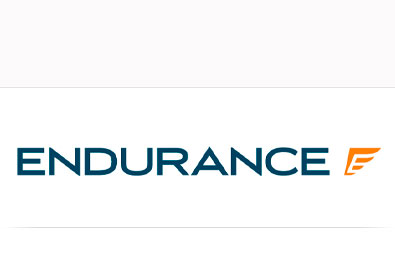 |
 |
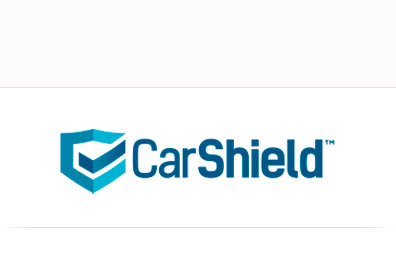 |
 |
 |
 |
Understanding Used Car Repair Coverage: Navigating the OptionsWhen you embark on the journey of acquiring a used car, an aspect that deserves your attention, yet often remains overshadowed by the thrill of a new purchase, is the realm of used car repair coverage. This term, while seemingly straightforward, encompasses a myriad of options and nuances that can influence your ownership experience profoundly. As a prospective used car owner, understanding the intricacies of repair coverage is not just a matter of financial prudence but also a step towards ensuring peace of mind. Primarily, used car repair coverage acts as a safety net, cushioning you from unexpected repair costs that inevitably arise as your vehicle ages. The market offers a plethora of options, ranging from manufacturer-backed plans to third-party warranties, each with its unique set of benefits and limitations. The choice between these options hinges on several factors, including the age and mileage of your vehicle, your budget, and your risk tolerance. Manufacturer-backed extended warranties are often considered the gold standard in repair coverage. They typically offer comprehensive coverage and the convenience of service at authorized dealerships. However, these plans can be on the pricier side and are usually available only for cars that are still within their original factory warranty period. On the other hand, third-party warranties provide an alternative for vehicles that no longer qualify for manufacturer coverage. These plans vary widely in terms of coverage, cost, and reliability, necessitating thorough research and scrutiny before making a decision.
When contemplating which repair coverage to select, it's vital to consider not just the upfront cost but also the reputation of the provider, the claims process, and the overall value proposition. Reading reviews, seeking recommendations, and perhaps even consulting with a trusted mechanic can provide invaluable insights. Additionally, understanding the fine print-what is covered, what is excluded, and the conditions under which coverage is voided-is crucial to avoiding unpleasant surprises down the line. Ultimately, the decision to invest in used car repair coverage should align with your personal circumstances and preferences. While some may prioritize the security of extensive coverage, others might opt to self-insure, setting aside funds for potential repairs. Regardless of your choice, the key lies in informed decision-making, ensuring that your used car ownership is as enjoyable and stress-free as possible. As with many aspects of life, balance and foresight in navigating used car repair coverage can pave the way for a smoother ride. https://www.geico.com/auto-insurance/mechanical-breakdown-insurance/
Mechanical breakdown or car repair insurance is available for new or leased cars that are less than 15 months old and with less than 15,000 miles. The customer ... https://studentlegal.dasa.ncsu.edu/warranties-when-buying-a-car/
When buying a new car, a dealership does not have to disclose damage and/or repair to you unless it exceeds five (5) percent of the total value of the vehicle. https://www.raleighautocare.com/guarantee.html
car warranty and are committed to providing a successful and pleasant automotive service experience.
|






